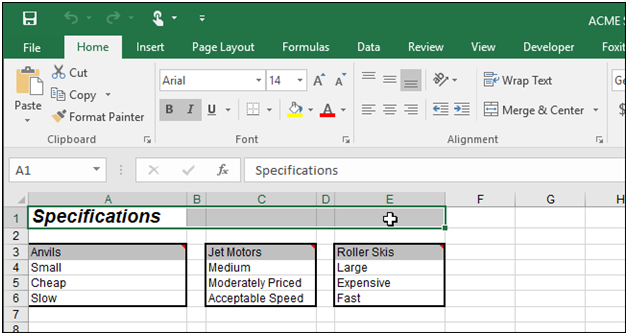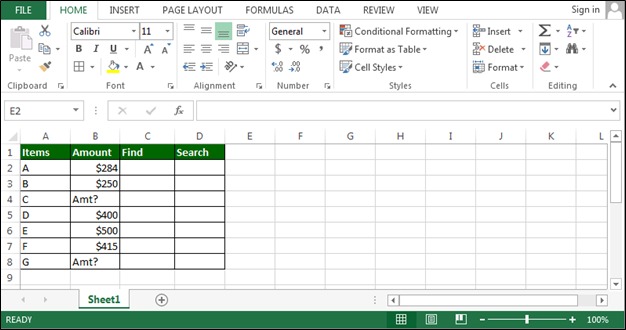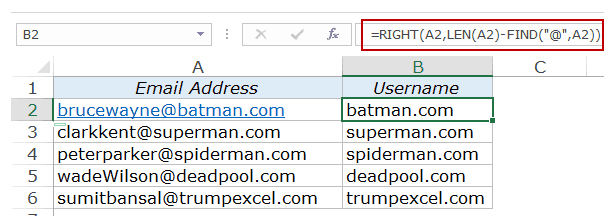

If cell A1 does NOT contain "Super", the FIND function will return the #VALUE! error causing the IsError function to evaluate to TRUE and return 0. the IsError function evaluates to FALSE) and the formula will return A2. Supposing you have a text string list with single word or space-separated words in cells, and now you want to find an exact word within the strings in Excel, is there any method to achieve it As below screenshot, you want to find the exact word low in the strings, and below or other words containing low low in the text string. If cell A1 contains "Super", the FIND function will return the numerical position of the value of "Super". Let's just quickly explain how this formula works. In this example, cell A1 does NOT contain the value "Super", so the formula returns 0. Tablearray: The table range, including all cells in the table. In this case, cell A1 does contain the value "Super", so the formula returns the value found in cell A2 which is 100. Lookupvalue: Select the cell where search values will be entered. I'm unable to use the FIND function because if cell A1 does not contain "Super", the FIND function returns the #VALUE! error which does not let me sum column A.Īnswer: To make sure that do not return any #VALUE! errors when using the FIND function, you need to also use the ISERROR function in your formula.īased on the Excel spreadsheet above, the following FIND examples would return: =IF(ISERROR(FIND("Super",A1,1))=TRUE,0,A2) Objective: If A1 contains "Super", then I want A3=A2. The LET function lets you name intermediate calculation results which can shorten formulas considerably and improve performance.Question: In Microsoft Excel, I have the value "Supermarket" in cell A1 and 100 in cell A2. Heres a generic Excel formula to count number of cells containing specific text: COUNTIF (range, ' text ') The following example shows it in action. The TEXTJOIN function combines text strings from multiple cell ranges.įunction syntax: TEXTJOIN(delimiter, ignore_empty, text1,. The ampersands concatenate the asterisks to cell range E3:E7.ĬOUNTIF("LNU, YNO, XBF", ) The criteria argument utilizes a beginning and ending asterisk in order to match a text string and not the entire cell value, asterisks are one of two wildcard characters that you are allowed to use. The COUNTIF function lets you count cells based on a condition, however, it also allows you to count cells based on multiple conditions if you use a cell range instead of a cell. Don't enter the curly brackets yourself.īack to top 1.1 Explaining formula in cell C3 Step 1 - Check if the cell contains any of the values in the list


Press and hold CTRL + SHIFT simultaneously.Įxcel adds curly brackets to the formula automatically if you successfully entered the array formula.

There is another formula below that doesn't need to be entered as an array formula, however, it is slightly larger and more complicated. You need to enter this formula as an array formula if you are not an Excel 365 subscriber.


 0 kommentar(er)
0 kommentar(er)
